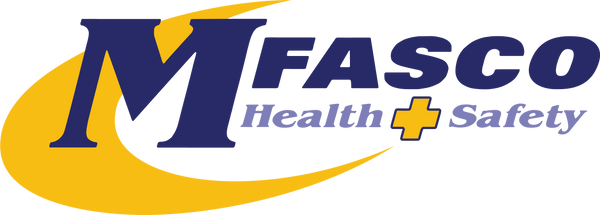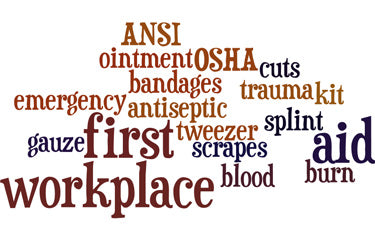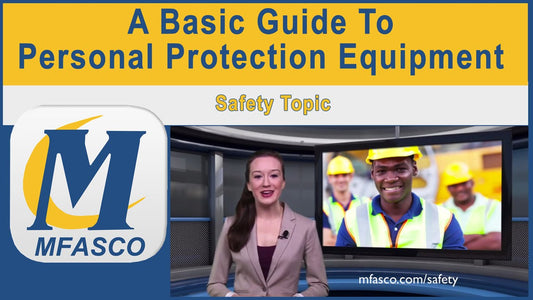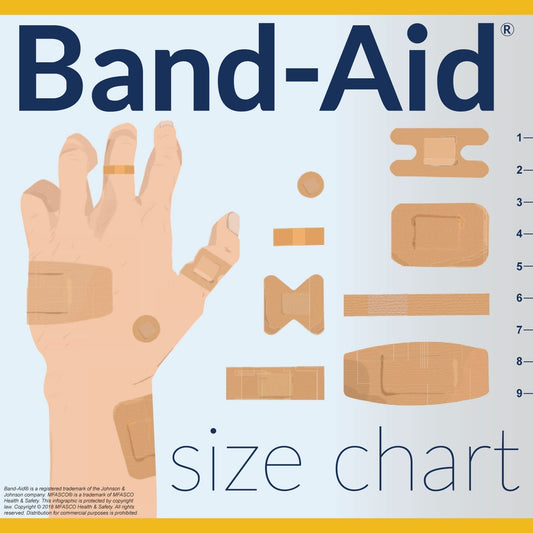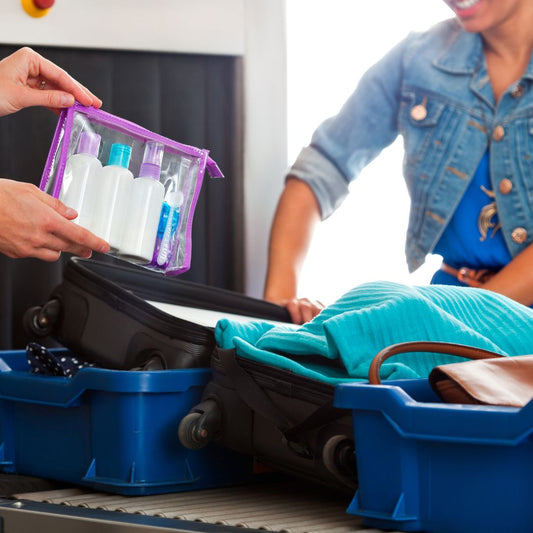5 Tips for Workplace Eye Safety

Hearing and sight are two of the most valuable and important things to protect in the workplace. However, while precautions can easily be taken to prevent eye injuries, the U.S. Centers for Disease Control and Prevention notes that about 2,000 eye-related injuries happen to workers each day. These injuries not only cause workers to miss days on the job but also can be severe enough to cause permanent damage. This is both dangerous for employees and can be counterproductive and costly for businesses. It's in everyone's best interests to make eye safety a priority in the workplace - here are five tips to get you started:
"Wear eye protection that is appropriate for your work conditions."
1. Wear the proper protection
The American Optometric Association highlights the importance of always wearing eye protection that is appropriate for your work conditions. For example, safety glasses may be best for work conditions in which dust or flying particles are a frequent hazard, such as in most industrial fabricating environments. Variations of the glasses come with protective side shields that provide a more comprehensive shield against debris. Goggles, on the other hand, are necessary in environments where chemicals or diseases are present. Goggles provide a tight shield over the eyes to ensure that liquids such as chemical splashes don't make contact with the eyes or direct area around them. In some cases, face shields or other larger protective measures may be needed.
2. Eliminate hazards
A workplace culture that makes safety a priority will organically encourage workers to reduce and avoid hazards. Installing safety measures such as transparent shields around tools or in other areas where workers are at risk will ensure that they're not relying on protective eyewear alone. Also, make a point of educating and training workers on the dangers that are specific to your workplace. Develop protocols that encourage general safety, especially regarding when and where employees should wear protective gear such as eyewear or hearing protection.
3. Keep lenses clean
If workers can't see, their eyes might not be the only thing at risk. Honeywell notes that eyewear must provide a clear view of the work area to be truly effective. The source notes that in workplaces where lots of dust and grit are constantly in the air, anti-scratch eyewear is imperative. Again, this means that you should research the appropriate eyewear for your line of work. For example, if you and your colleagues are working outdoors regularly, find eyewear that also has sun protection.
4. Have first aid readily available
While you can take a lot of steps in the workplace to prevent eye injuries, there's no excuse for being ill-prepared when one is sustained. Make sure to have a comprehensive first aid kit on hand to address any work-related injuries, but in particular, have eye wash and eye drops readily available. For minor irritation caused by dust or grit, an eye wash rinse will likely do the trick. However, for more serious eye injuries where a basic eye wash rinse isn't enough or if there was exposure to acids or chemicals, the use of an emergency eyewash station will be necessary.
5. Replace damaged goods
As eyewear should be used regularly in certain workplaces, odds are eventually safety glasses or goggles will get cracked, scratched, or broken. In such situations, protective eyewear may reduce visibility or not provide comprehensive protection. To keep your eyewear in good condition, clean your equipment regularly, hang it up after use, and make sure not to leave eyewear in places where it can easily get broken.
Eye protection should not be taken lightly, especially when working environments pose risks to your employee's occupational safety. MFASCO has a number of resources available to restock your eye protection supplies, and ensure that your safety glasses and face fields are properly maintained, functional, and sanitized.
Workplace Eye Protection Products & Accessories:
- Safety Glasses
- Face Protection & Safety Glasses Cleaning Supplies
- Accessories for Safety Glasses & Face Protection
Additional Resources for Workplace Eye Protection:
Contributing Expert

Mike Brinker
Mike Brinker has been working in the first aid industry for over 35 years. He has worked with thousands of businesses,groups, and organizations to provide a healthy and safe work environment. Mike helped create “Make-A-Kit”, the internet's only online first aid kit creation tool. He has also authored many helpful first-aid and safety-related resource articles found at the MFASCO Learning Center.
